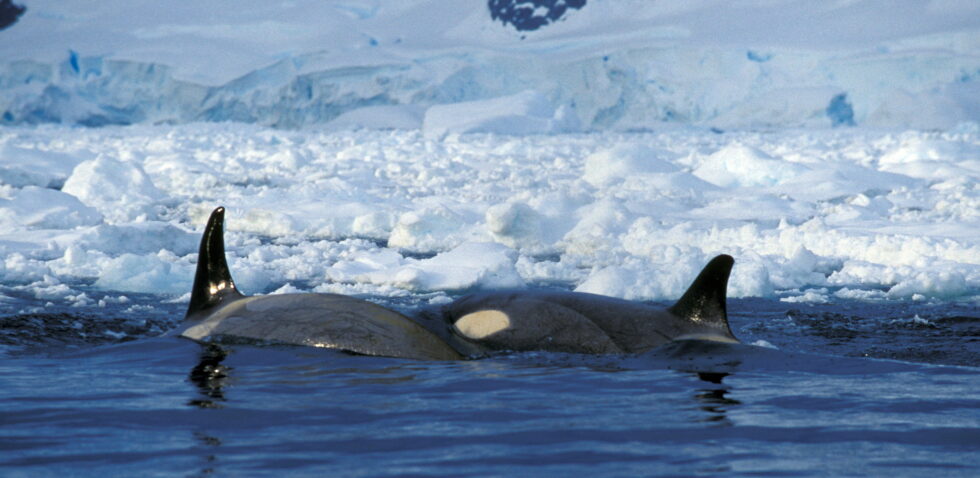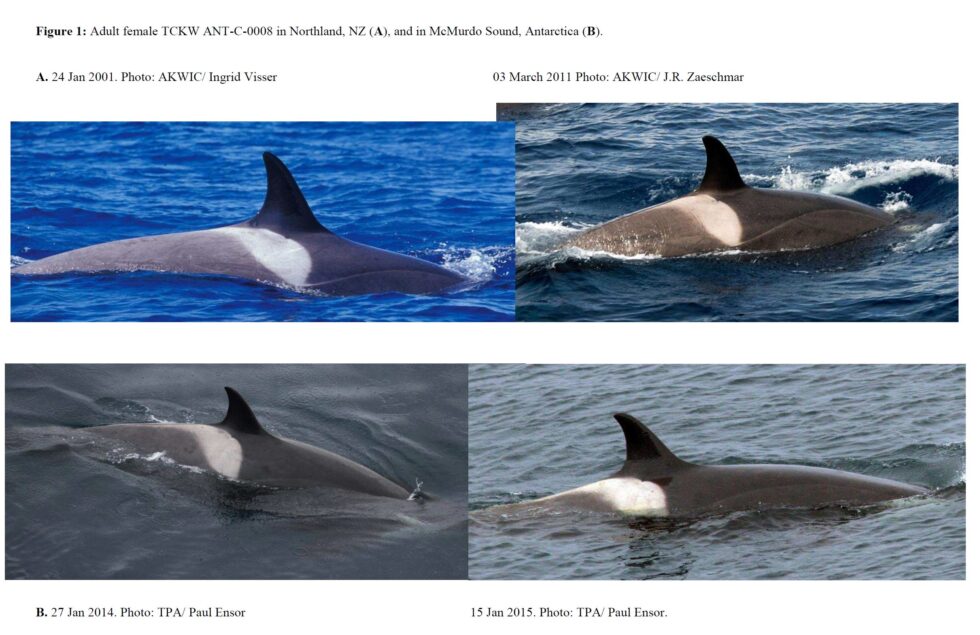
Using the data collected by Dr Visser, a photo-identification match of an adult female Type C orca was made between Northland, New Zealand and the Ross Sea, Antarctica
In the 1970’s & 80’s a number of scientists proposed that there were different species of orca living in Antarctic waters. Many others were sceptical and denied that there was more than one species.
In the 1990’s Dr Visser, founder of the Orca Research Trust, was working on eco-tourism ships in Antarctic waters and encountered orca which were clearly different. She believed that by collecting data from citizen scientists (members of the public who had an interest in helping research projects), she could glean insights into these enigmatic orca. She founded the Antarctic Killer Whale Identification Catalogue (AKWIC) in 2000 and presented some of her work, together with Jo Berghan at the 14th Biennial conference of Marine Mammologists, in Vancouver, Canada in 2001.
Since then Dr Visser has encountered Antarctic orca in the waters of the Antarctic Peninsula, the Ross Sea and in New Zealand waters. She was the first to document Type B and Type C ecotypes outside of Antarctic waters and the first to match a Type C orca between Antarctica (Ross Sea) and New Zealand. She has swum with Antarctic Type C orca, who feed predominantly on fish and interacted with Antarctic Type B orca who predominantly hunt marine mammals.
Dr Visser was the first to document in HD video ‘ice flow’ hunting by Antarctic orca, which resulted in a scientific publication titled “Antarctic Peninsula killer whales (Orcinus orca) hunt seals and a penguin on floating ice“
Whilst conducting research with Dr Sarah Dwyer on cookie cutter shark (Isistius sp.) bites on orca, she found evidence of bite scars on Antarctic orca – indicating their travels into warmer waters where cookie cutter sharks live.

Using the data collected by Dr Visser, a photo-identification match of an adult female Type C orca was made between Northland, New Zealand and the Ross Sea, Antarctica
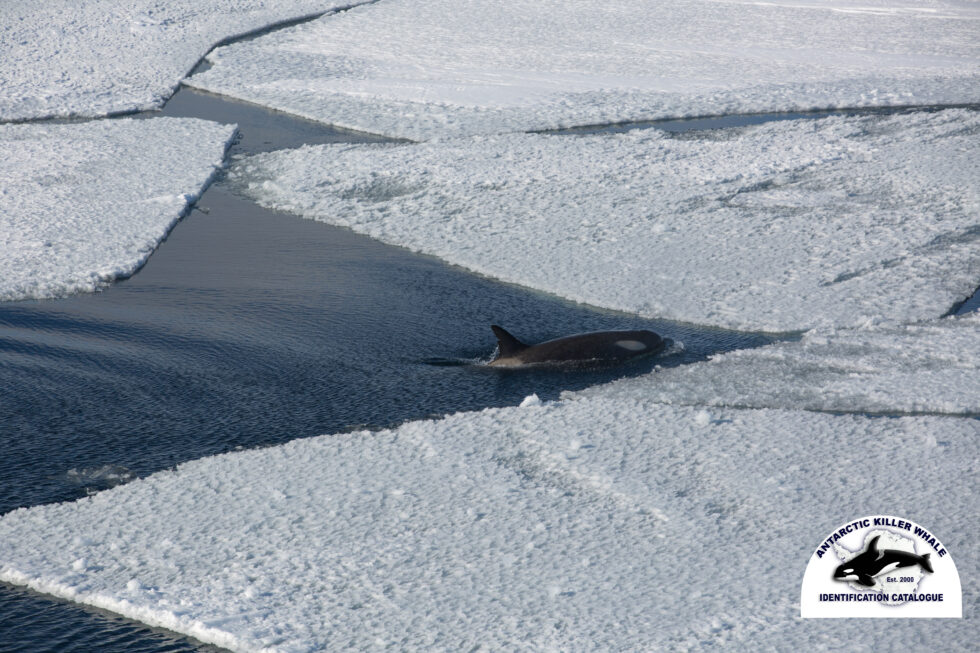
An adult female Type C orca about to head under the sea ice. Photo taken from a helicopter by Dr Visser
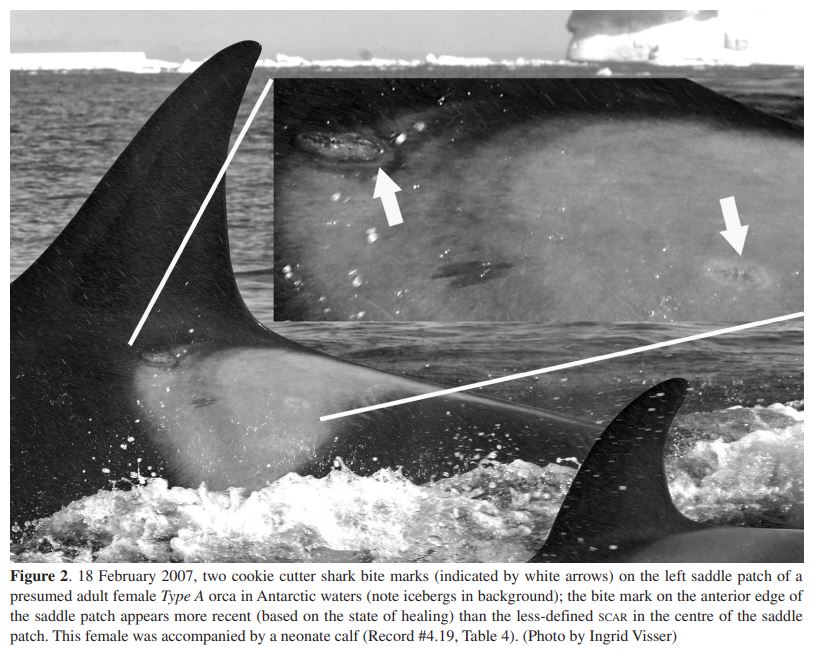
Figure 2 from the scientific paper published by Dr’s Dwyer & Visser showing cookie cutter shark bite marks. Note the ice in the background

Figure 2 from the scientific paper published by Dr Visser & colleagues, about orca using waves to wash seals off ice floes
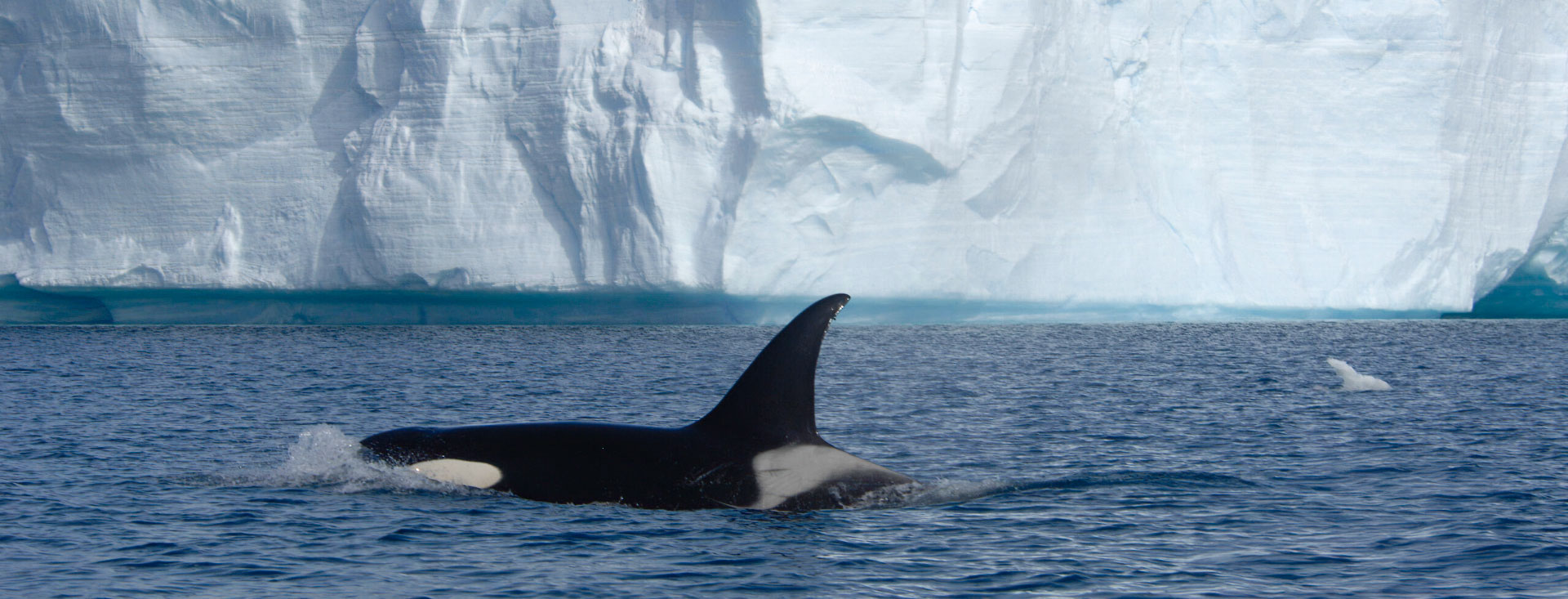
Using the data collected by Dr Visser, a photo-identification match of an adult female Type C orca was made between Northland, New Zealand and the Ross Sea, Antarctica
